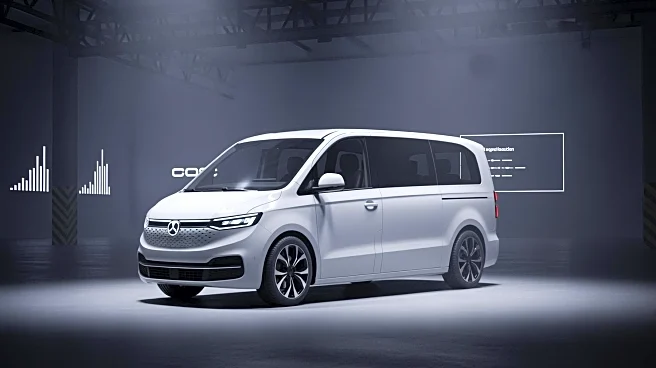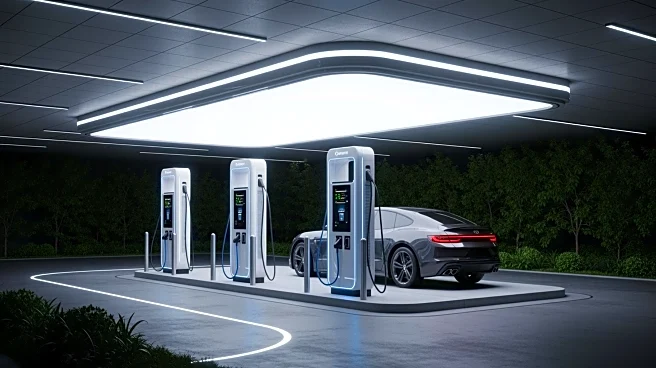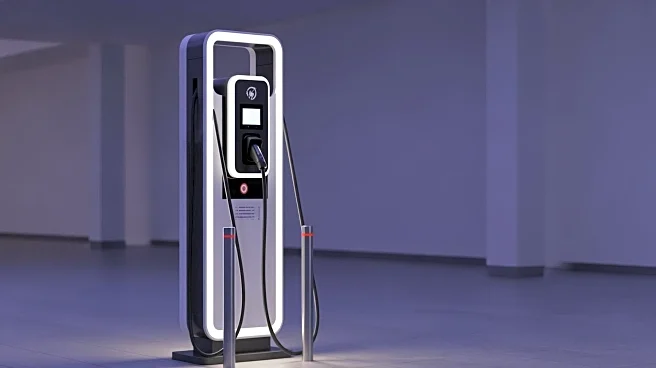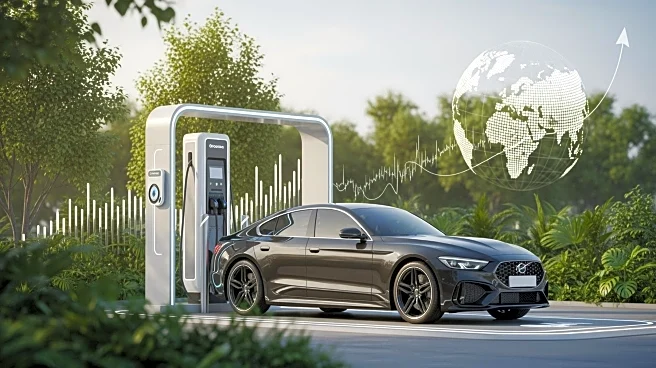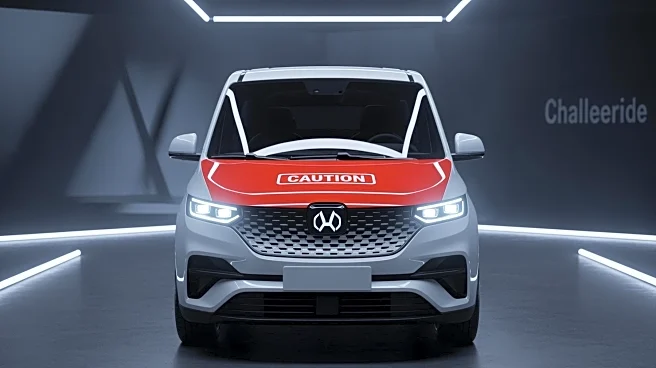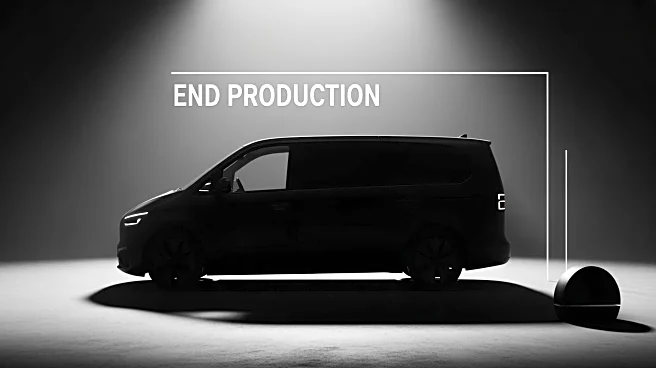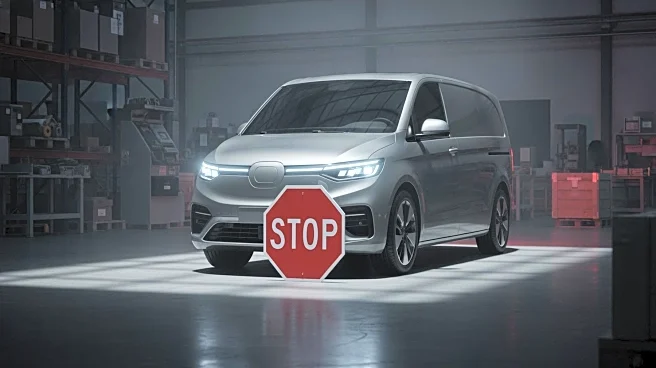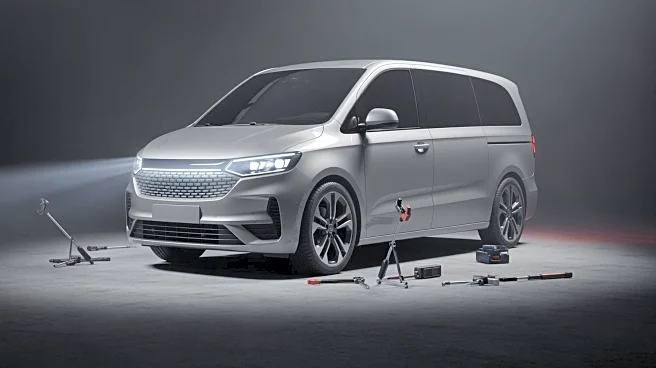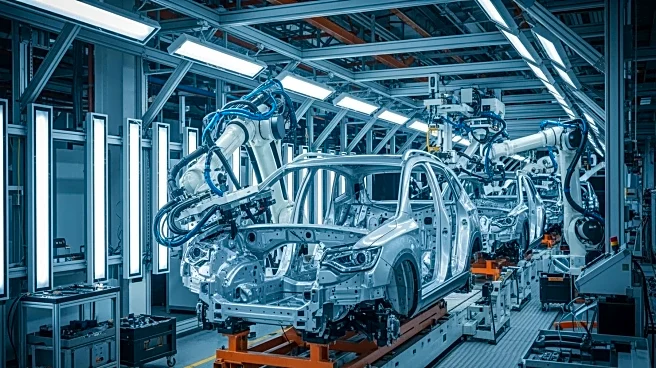What's Happening?
General Motors has decided to cease production of its BrightDrop electric delivery vans due to slower-than-expected market demand and changes in fleet incentive programs. BrightDrop was launched in 2021, with FedEx Express as its first customer, followed
by other major companies like Walmart, Verizon, Hertz, and Kroger. Production began at GM's CAMI Assembly plant in Ontario in late 2022. Despite significant investment and government support to convert the plant into Canada's first full-scale EV facility, GM aimed to produce 50,000 units this year but sold fewer than 5,000 vehicles in the first nine months. Production was suspended in May, and GM plans to recognize a charge in the fourth quarter as part of its strategy to address overcapacity.
Why It's Important?
The decision to halt BrightDrop production highlights the challenges faced by automakers in the commercial electric vehicle market. The slower-than-anticipated development of this market, coupled with regulatory changes and fleet incentive adjustments, has impacted GM's ability to meet its production goals. This move is part of GM's broader strategy to reduce losses in its electric vehicle segment and better position itself as demand stabilizes. The cessation of BrightDrop production may affect stakeholders, including suppliers and customers who had anticipated the expansion of GM's electric delivery van offerings.
What's Next?
GM's decision to end BrightDrop production is expected to lead to a charge in the fourth quarter as the company addresses overcapacity issues. The automaker aims to reduce losses in its electric vehicle segment by 2026 and beyond. As GM resets its capacity, it may focus on other areas of its electric vehicle strategy, including the development of new technologies and platforms. Stakeholders, including investors and industry partners, will be watching closely to see how GM navigates these challenges and adapts its business model to align with market conditions.
Beyond the Headlines
The discontinuation of BrightDrop production raises questions about the viability of commercial electric vehicles in the current market environment. It underscores the importance of regulatory frameworks and incentive programs in shaping the success of new technologies. GM's experience may prompt other automakers to reassess their strategies in the commercial EV space, considering factors such as market demand, production capacity, and government support. The long-term implications could include shifts in investment priorities and innovation focus within the automotive industry.
